After viewing the Huntington’s Bonsai Collection and viewing stone exhibit, I made my way to the Ikebana House in search of American suiseki history. Inside was an exhibit featuring the viewing stones of Bob Watson, former head of the Huntington’s Japanese Garden and American suiseki pioneer. All following text is taken from the various labels within the exhibit which was written and curated by Jim Greaves, founder of the American Viewing Stone Resource Center.
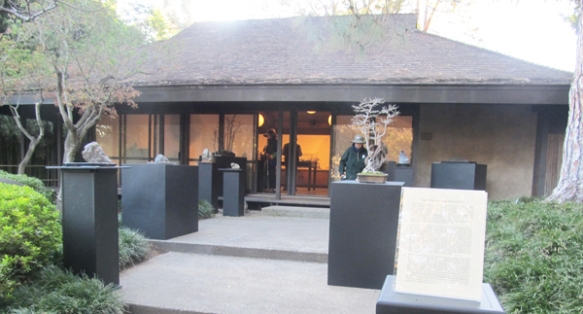
‘Suiseki’ at the Ikebana House.
Robert Watson first exhibited ‘suiseki’, a “display of beautiful and unusual stones created solely by nature” in this Ikebana House in November of 1975. The recorded attendance for the week was an astonishing 2538 visitors with 171 recorded as attending his lecture on suiseki. There was a second show in the Ikebana House in 1976 and others through at least 1979 (recorded attendance of 600), but records of the stone exhibits are confusing and incomplete. There are enticing newspaper references to sponsorship by “the San Gabriel Valley Suiseki Club”, including a partial list of participating members. However, of these, only Cliff Johnson remembers exhibiting with Bob and he does not recall any such club. We assume the name was simply coined for one of the exhibits when other friends exhibited a few stones along with Bob.
With the exception of a few local newspapers clippings that feature one or two of the stones, no photographs have been found of any of these early exhibits in the Ikebana House. Various accounts note the Tiger Stone, Rain Shelter, Pinnacles, Castle on the Rhine, Glacier, Frozen Wave, and the large Butte (from Palos Verdes). We have labeled these cited stones and marked with a dot those stones for which photographs appeared in local papers. It is very likely that most of the stones you see mounted on daiza (custom fitted wooden bases) were shown in one or more of his exhibits. Bob’s original ‘poetic’ titles are printed in Bold.
All of these stones were collected by Bob Watson, however, most unmounted stones were probably never formally exhibited. Indeed, several were discovered among boxes and loose stones in his backyard when he held sales later in his life. For historical accuracy in representing his viewpoint, or rather, in not wishing to misrepresent his viewpoint, those stones that were likely never displayed by Bob are indicated with a black dot. With the exception of those stones displayed out in the bonsai court, the extent to which Bob presented loose stones in suiban is unknown. It appears that he owned very few suiban. One of the two suiban that we are certain belonged to him is the large, fine gray rectangular suiban from the Tokoname pottery used with an Indian Blanket stone.
In conversations, Bob emphasized the importance of understanding Japanese practice. He was openly disdainful and dismissive of the ‘new’ collectors. Ironically, the purism he preached was not reflected in his own practice; over time it has become apparent that a great number of his ‘natural’ suiseki were enhanced with heavy surface coatings of oil and varnish and even coloring to a degree that virtually no one would consider acceptable today. The Butte Stone from Palos Verdes is actually a white limestone that he apparently dyed yellow by soaking in a coffee or tea solution. This may not be as strange as if first sounds, because the myriad of Japanese Suiskei magazines and publications of the 60s and 70s were replete with instructions for altering stones ( and to a much greater extent than Bob ever did). Many of these stones have received a single flat cut to assist in positioning and mounting. Of the stones he found, only the ‘thread’ stone from Canada has been physically altered and polished to create a biseki (beautiful stone). The small purchased Asian stones have also been worked and polished.

“Robert Watson was the head gardener responsible for the last grand expansion of the Huntington’s Japanese Garden prior to this past year’s renovations and addition of the tea-house.”In 1968 his efforts added the original bonsai court and, most famously the karesansui or dry landscape garden commonly known as the ‘Zen Garden’. Less known, Bob displayed suiseki in the Japanese Garden at the Huntington and introduced the Japanese art of stone appreciation to non-Japanese Americans.  His followers eventually combined forces with members of the Japanese community to create a vibrant suiseki-viewing stone presence in Southern California. One of Bob’s stones, a rugged mountain stone collected from Garnet Hill, has remained in continuous display for 40 years and may now be seen at the entrance to the this exhibit. Appropriately, we are also showing two bonsai that were donated by Bob to start the Bonsai Court in the Japanese Garden.
His followers eventually combined forces with members of the Japanese community to create a vibrant suiseki-viewing stone presence in Southern California. One of Bob’s stones, a rugged mountain stone collected from Garnet Hill, has remained in continuous display for 40 years and may now be seen at the entrance to the this exhibit. Appropriately, we are also showing two bonsai that were donated by Bob to start the Bonsai Court in the Japanese Garden.
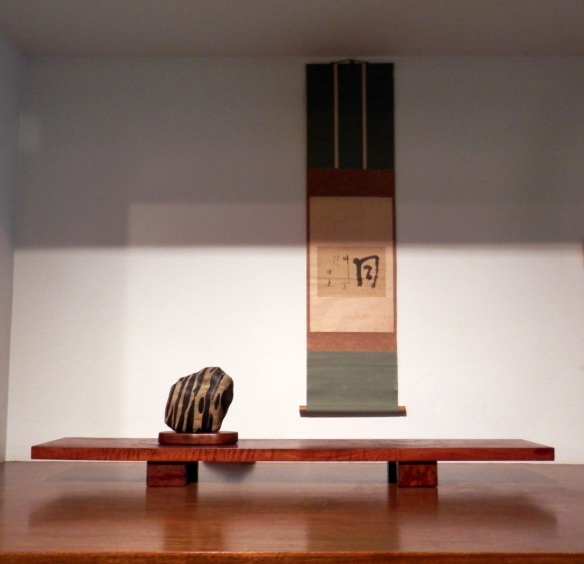 Tiger Stone- This is by far one of Bob’s best known stones.
Tiger Stone- This is by far one of Bob’s best known stones.
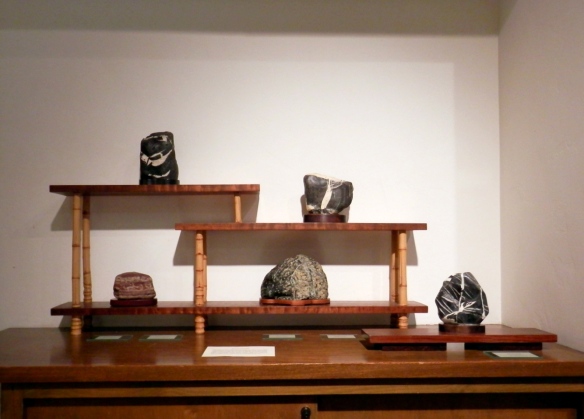 This bamboo stand was built by Bob Watson sometime in the 70s.
This bamboo stand was built by Bob Watson sometime in the 70s.
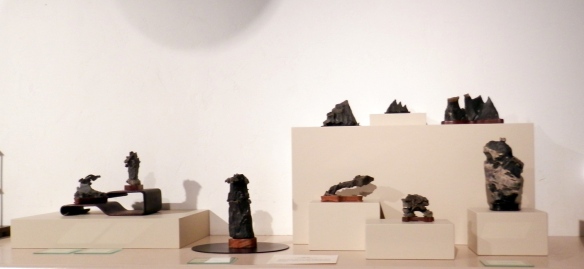

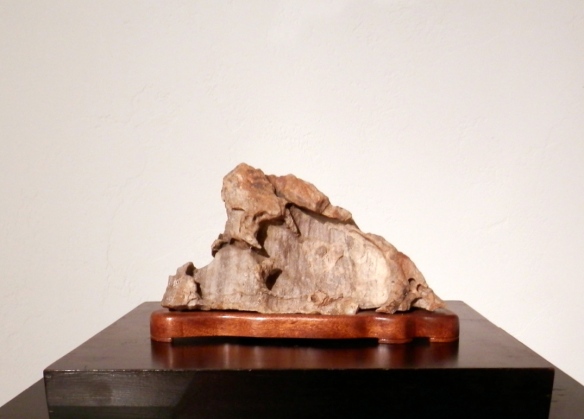
Toyama ,Distant Mountain Stone. One of the earliest American viewing stones published in color. (1974)
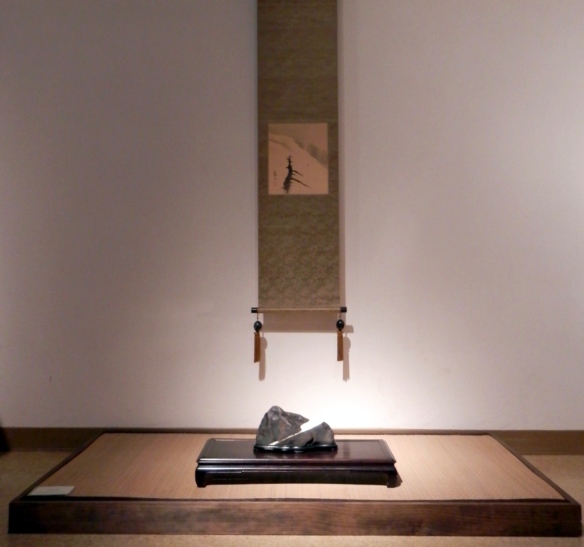
Glacier Stone, Hyoga-ishi, British Columbia.This distant mountain stone is the best example of Bob’s ‘suiseki’ style stones.

Indian Blanket Stones, Saddle Peak Hills, California. (Note that this area is now closed to collecting).
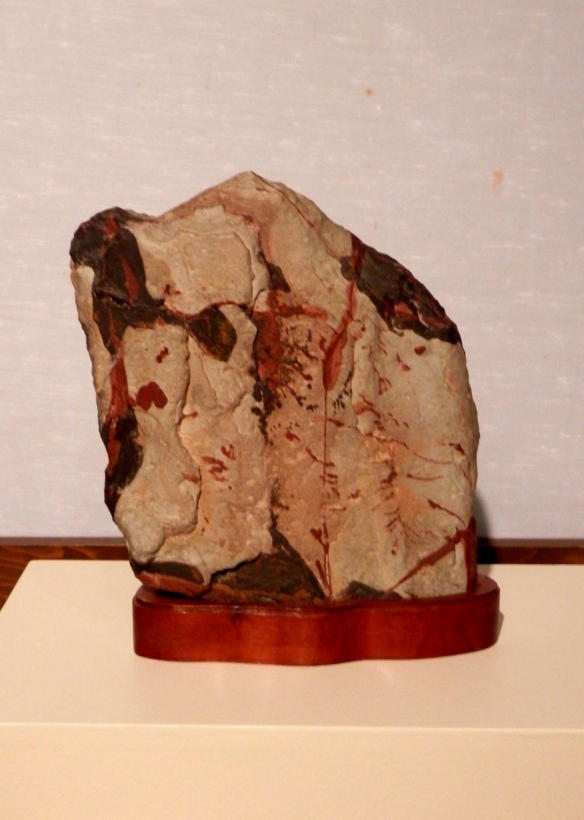
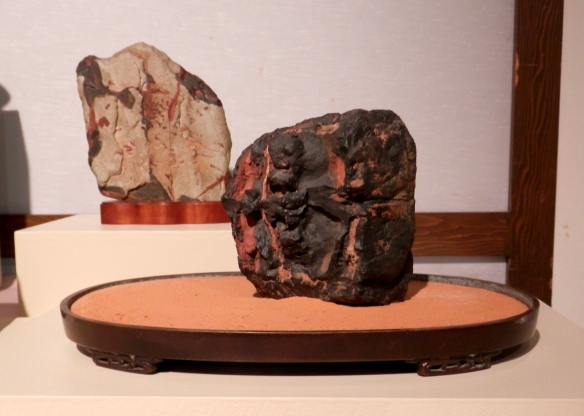


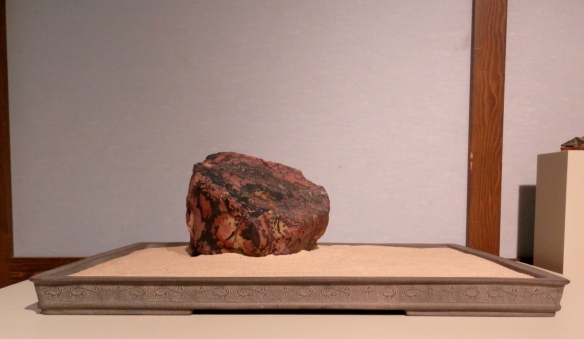
” Tokoname Suiban, This fine Tokoname ceramic that Bob purchased in the 1970’s is one of the few that he owned. It would have been too valuable to use for display in the garden.”
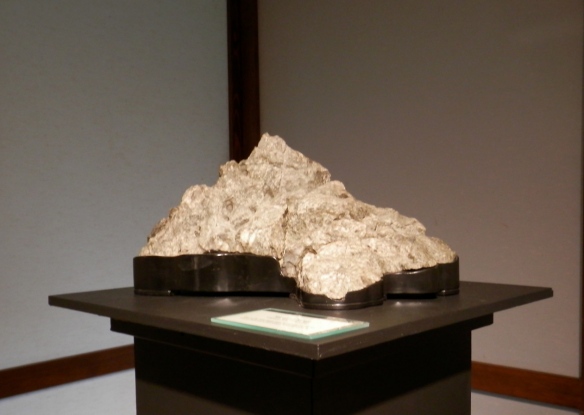
“ Mountain Range, Garnet Hill, California. This is the first large natural (uncut) for which Bob and Cliff Johnson made a daiza.”
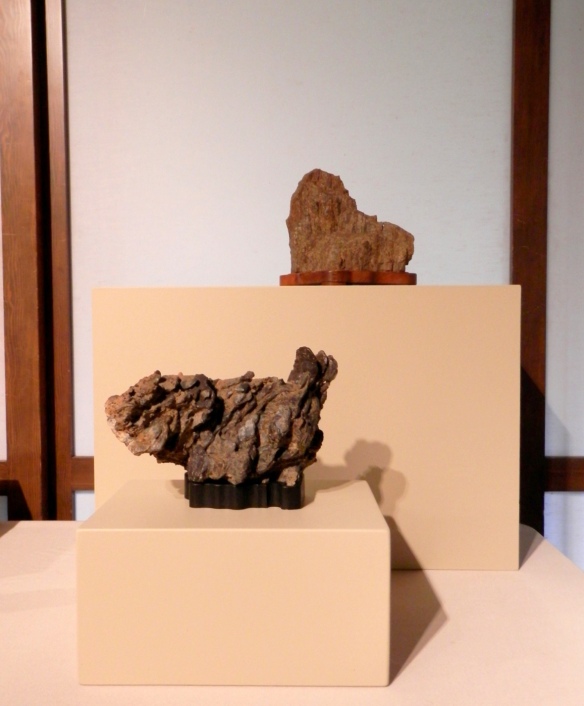
Garnet Hill, Palms Springs, Riverside County (Discovered as early as 1964) The first productive desert site, Garnet Hill was long known by geologists as a source for ventifacts created by the strong winds whipping down the Coachella Valley. Unlike most desert sites, this site has considerable granite and a signature composite of fossilized oyster shell and limestone.
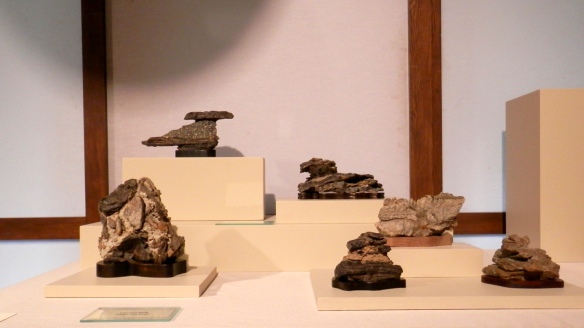
Garnet Hill, Palm Springs
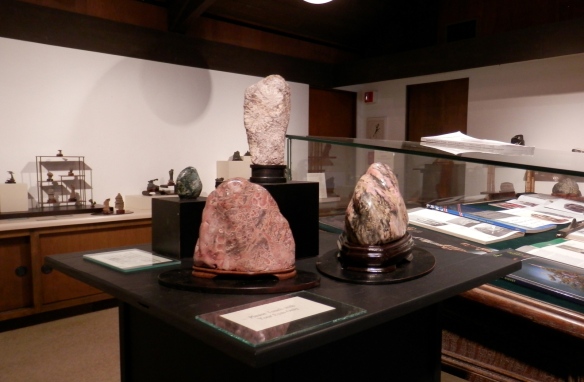 “Watson purchased Japanese artwork,tea articles, and several suiseki, but only these few have been located:1. Sun Flower Stone, Korea. 2. Biseki (beautiful stone), China. 3. Biseki, Japan. 4. Furuya-ishi, Japan. 5. Chrysanthemum Stone, Japan.”
“Watson purchased Japanese artwork,tea articles, and several suiseki, but only these few have been located:1. Sun Flower Stone, Korea. 2. Biseki (beautiful stone), China. 3. Biseki, Japan. 4. Furuya-ishi, Japan. 5. Chrysanthemum Stone, Japan.”
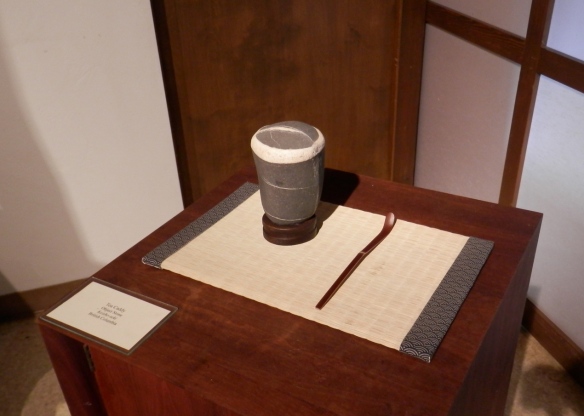
Tea Cady, Object Stone, Keisho-seki, British Columbia.
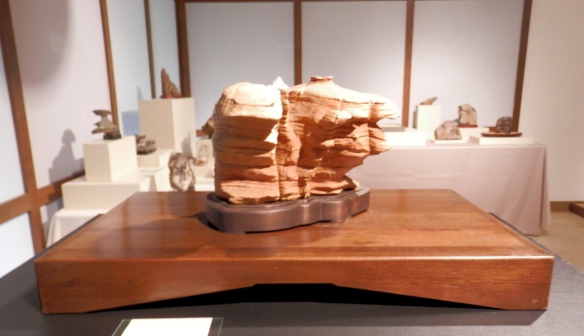
A Watson Prophecy
“Over a period of twenty-five years the American public has come to know and enjoy the beauty and pleasures found in bonsai. In the future, I feel certain that an equal enjoyment will be found in suiseki, as people see and learn more about these creations of nature. It is my hope that a sponsor may be found who would be willing to finance the formation of collection of suseki, biseki, meiseki and top quality mineral specimens to be house in a suitable building for public viewing…”
Robert T. Watson
International Bonsai Digets presents Bonsai Gems, 1974
Biographical Information and Abbreviated ‘Suiseki’ Timeline
Robert Truesdell Watson, born 2/6/1912
Served in the U.S. Navy during World War II and was stationed in Japan after the War.
Became interested in bonsai as early as 1944
1964- Became a full-time gardener at the Huntington Library. Reportedly began exploring his local deserts in search of stones suitable for suiseki. Discovered the Garnet Hill site outside of Palm Springs.
1968-Opening of the Huntington Zen Garden and Bonsai Court designed by Bob.
1969 or 70- Trip to Japan where he purchased suiseki for his personal collection. Unfortunately these stones have been dispersed.
1971- Met Cliff Johnson at the Santa Anita Bonsai Club and invited him home to see stones. First collecting trip with Cliff Johnson to Garnett Hill near Palm Springs. Round Lake Hill site with direction from Bob Sharp, geologist at Cal Tech.
1972-In an article , Bonsai Had Interesting Beginning, he noted suiseki are on display in the Huntington bonsai court.-Star News.
1973- Los Angeles Meiseki Exhibition, Los Angeles Museum of Natural History: the first significant suiseki exhibition in the United States.
1974- Pacific Asia Museum exhibition of suiseki shown with 17th and 18th century Japanese prints during the Mishima-Pasadena Sister City Celebration. National Bonsai Convention, Pasadena : Watson was featured lecturer on suiseki. International Bonsai Digest-Bonsai Gems (1974); Suiseki, a short introduction including photographs of two stones from the Dumont Dunes area. Bob expresses the hope that a public suiseki collection will be created. Year of the first collecting trip to British Columbia (possibly early 1975)
1975-First Suiseki show in the Ikebana House, Huntington Library [Attendance:2538]; Nov 7 & No 8 lectures: “Suiseki, the Oriental art of appreciating beautiful and unusual stones created solely by nature. [Attendance: 171]
1976- International Bonsai Digest -Bicentennial Edition: Thoughts on Suiseki with photos of the Tiger Stripe Stone, Glacier Stone and Garnet Hill Mountain. [The Bicentennial gift of 5 suiseki to the U.S. National Arboretum stimulates the formation of the National Viewing Stone collection of the National Bonsai & Penjing Museum at the United States National Arboretum, Washington D.C. Melba Tucker donated an Indian Blanket Stone from Death Valley that was collected by Bob, Subsequently published in Awakening the Soul.]
1977- Bonsai- Magazine of Bonsai, Japanese Gardens, Saikei & Suiseki: photo of Glacier Stone (Bonsai Vol. xvi, No. 7, p217)
1978- Bonsai- Magazine of Bonsai, Japanese Gardens, Saikei & Suiseki: photo of Tiger Stone mislabeled as from California. (Bonsai Vol. xvii, No. 5).
1977-80- Los Angeles County Arbretum Suiseki Exhibit. Display done with Cliff Johnson and included Japanese antiques and furniture. Lecture “Suiseki” Robert Watson, Head Gardener, Japanese Garden (March 18, 1980).
1983-84- Attended first formative meeting of California Aiseki Kai, but did not continue participation with the club.
1984- Publication of The Jpanese Art of Stone Appreciation, the first and still the most important book on suiseki in English: photos of Bob’s stones including the Glacier Stone, Tiger-stripe Stone, Garnet Hill Mountain and large Butte.
1986- Bob Watson retired from Huntington Library. Pacific Asia Museum Exhibition with Cliff Johnson (date uncertain).
January,1991- First Annual California Aiseki Kai Suiseki and Viewing Stone Exhibition at the Huntington Library-A special selection of 7 Watson desert stones honored Bob.
1991- Robert T. Watson died.
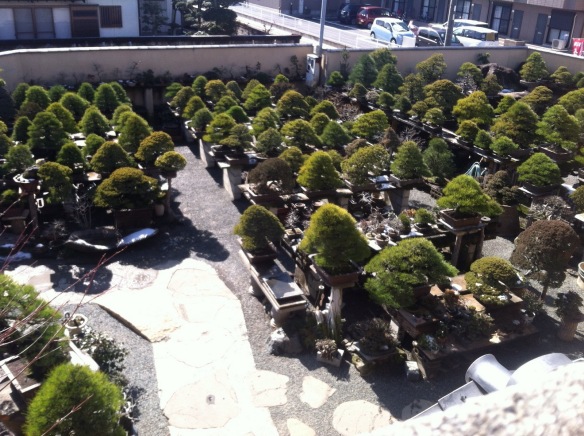
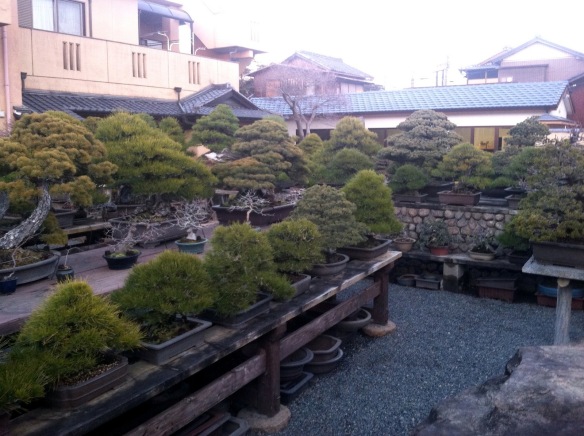

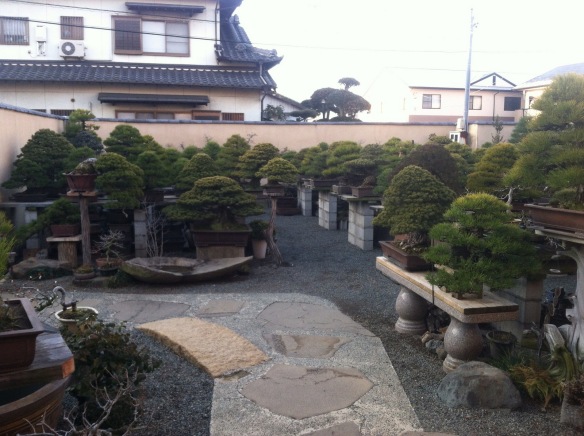
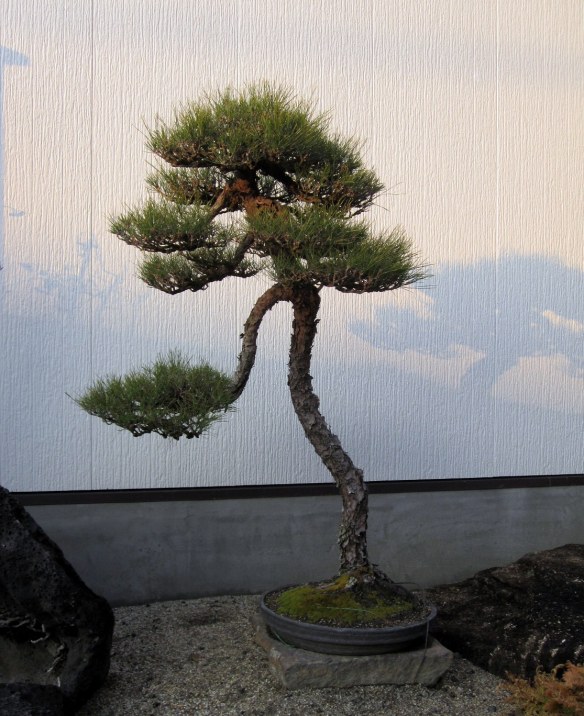

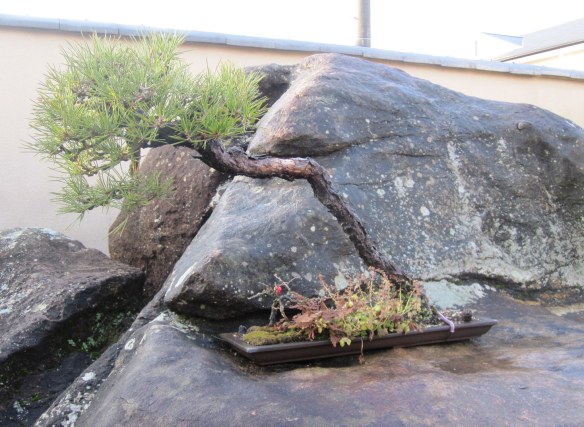
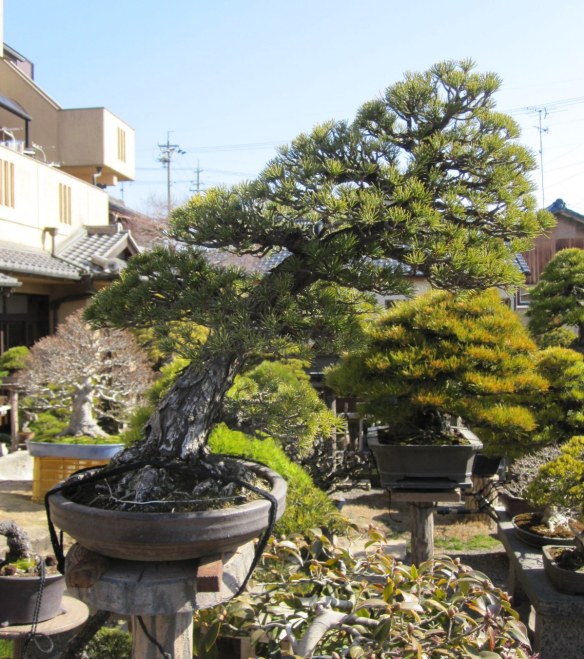
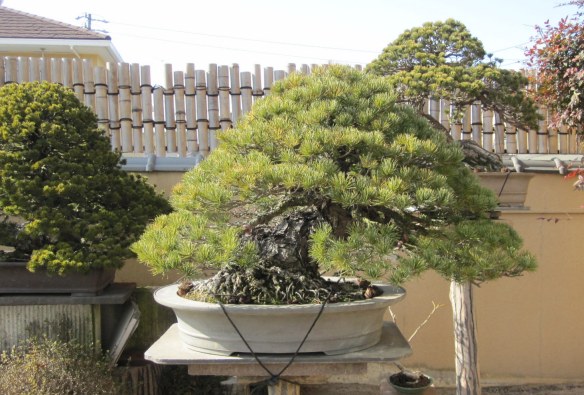

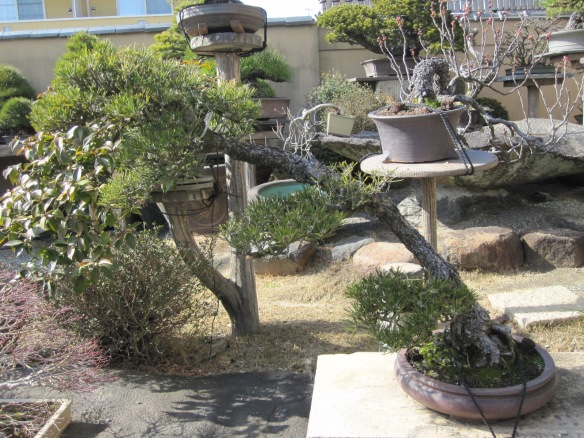

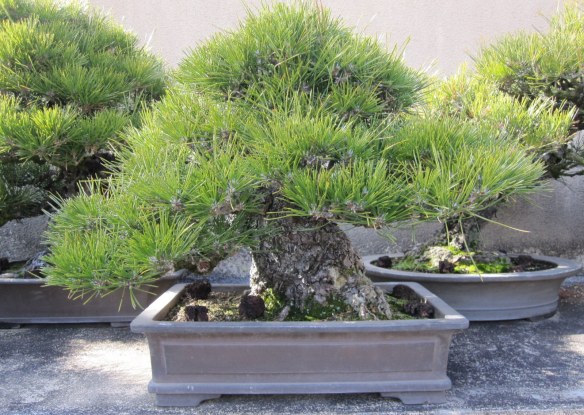
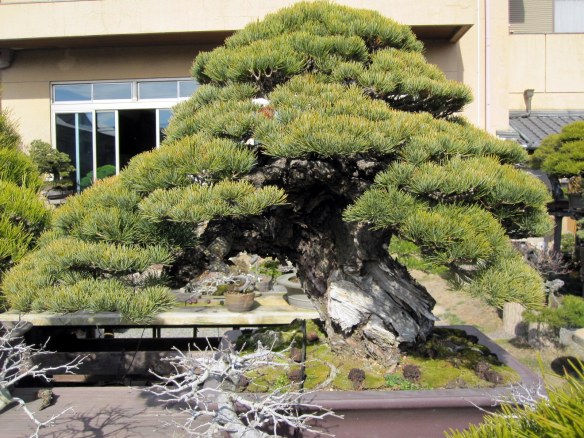
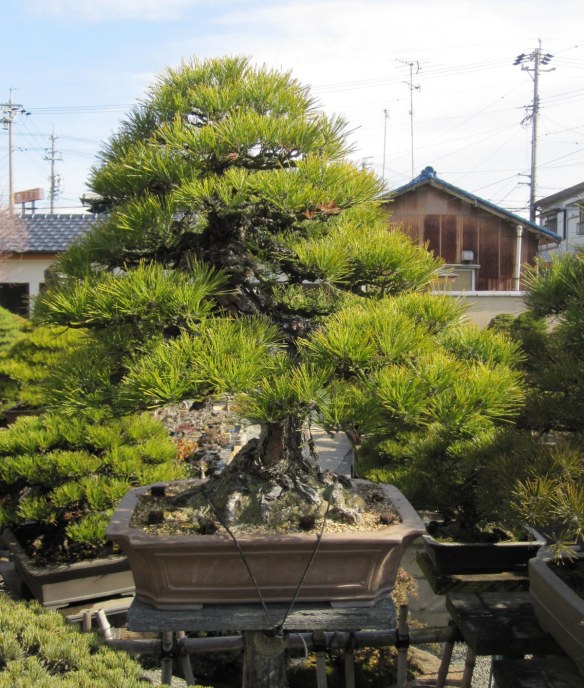
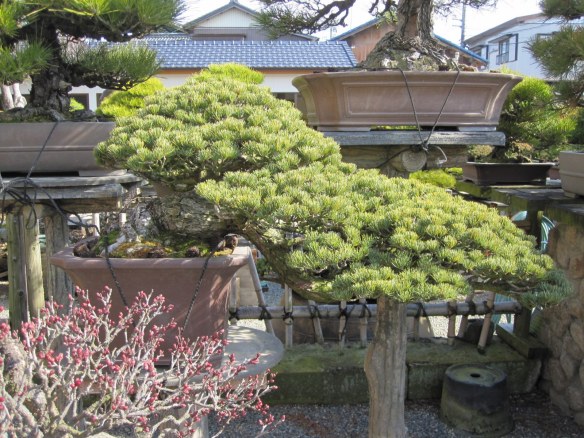
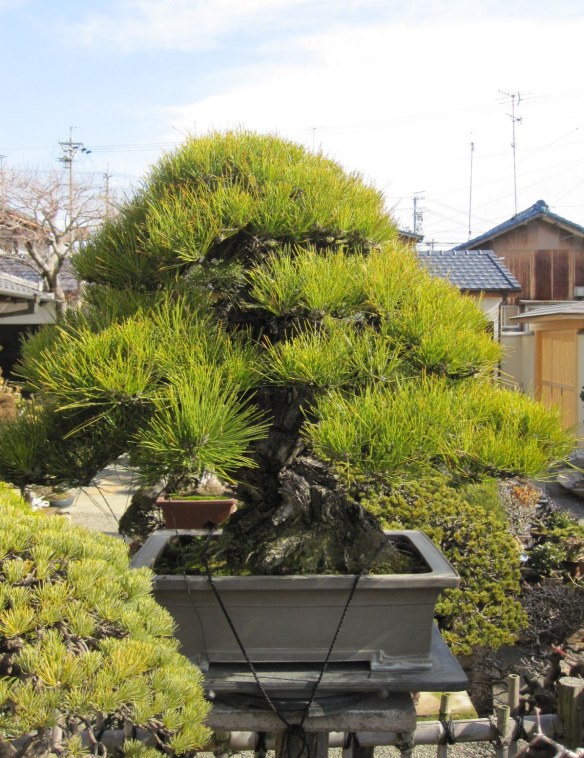
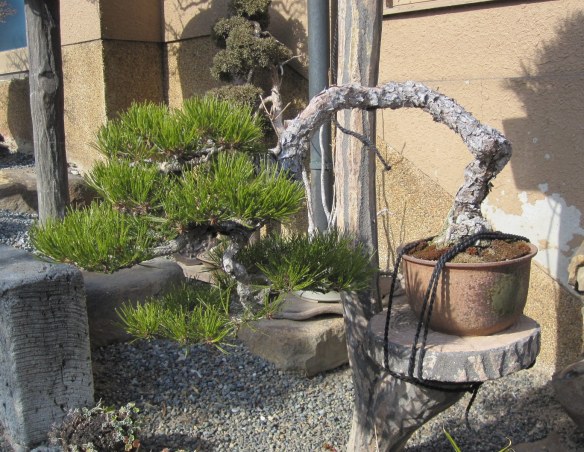


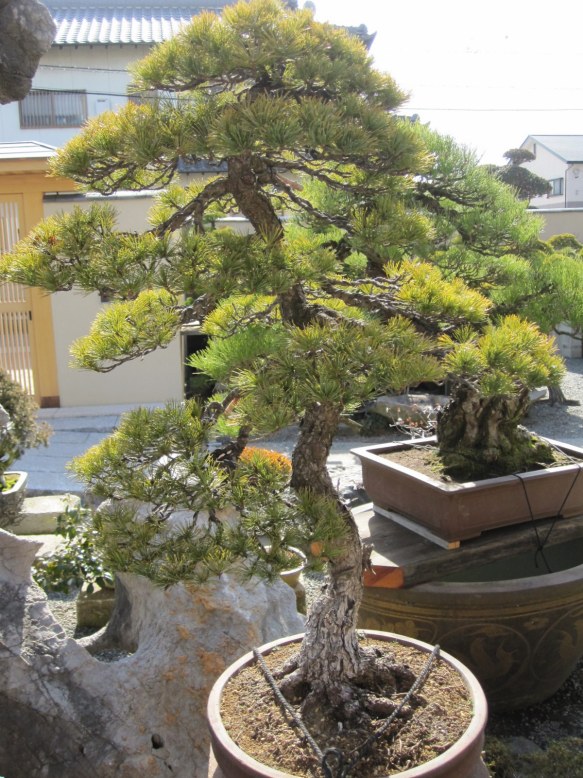

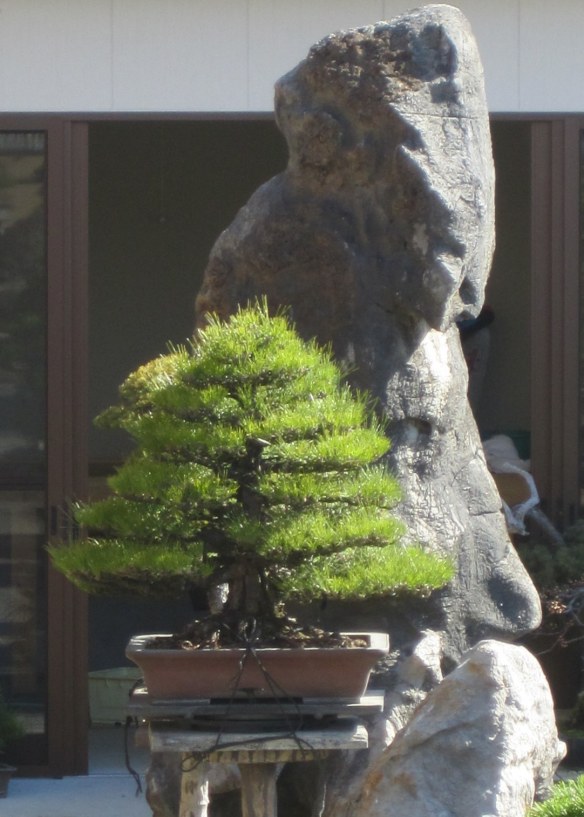
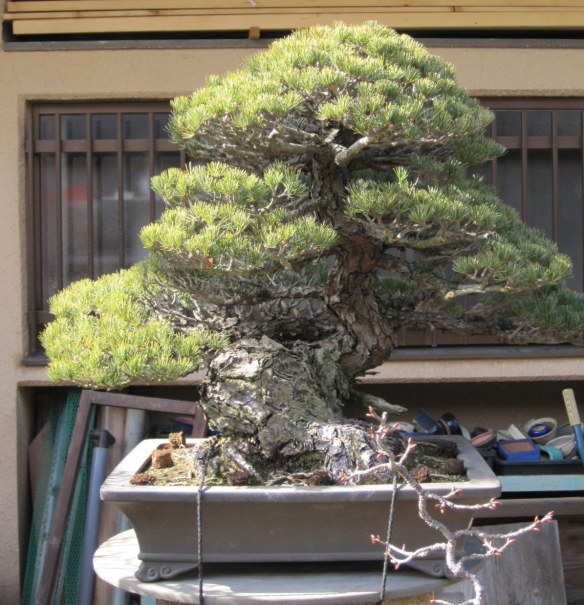


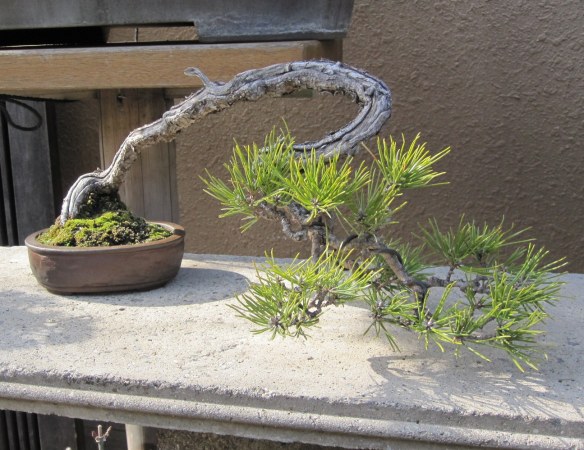
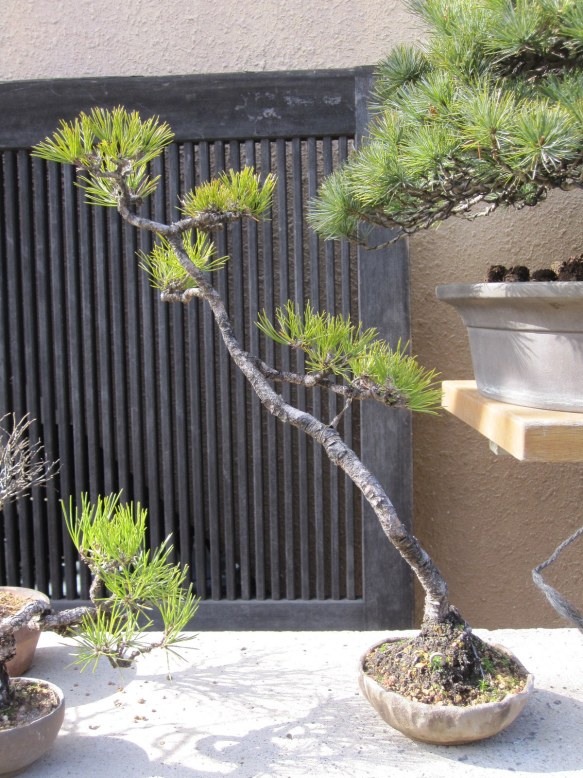
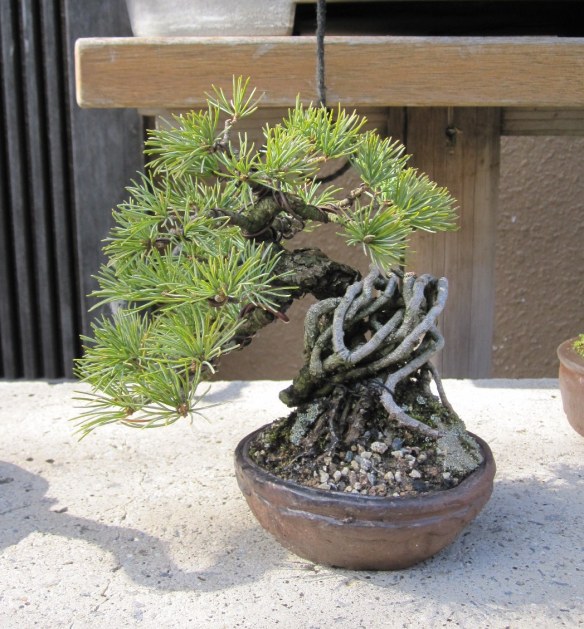


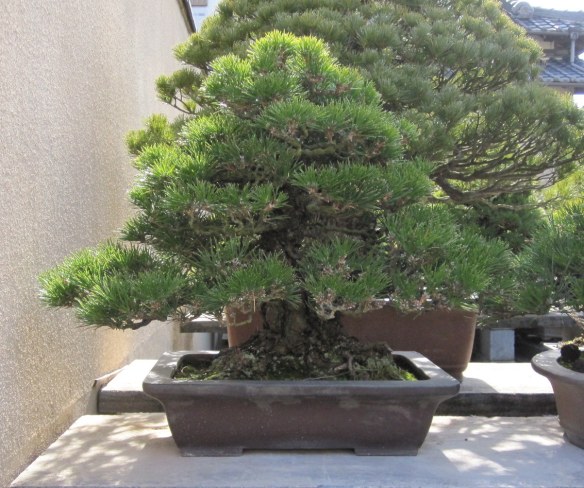


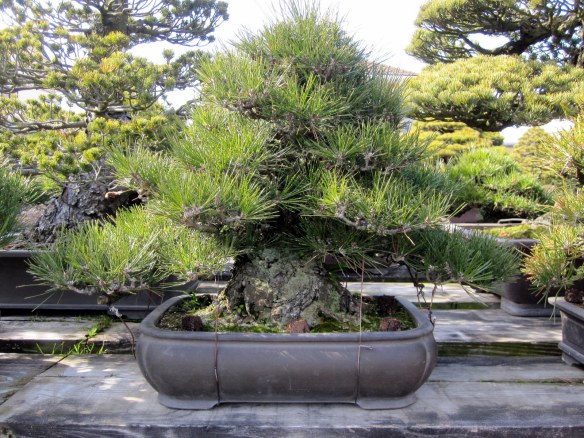
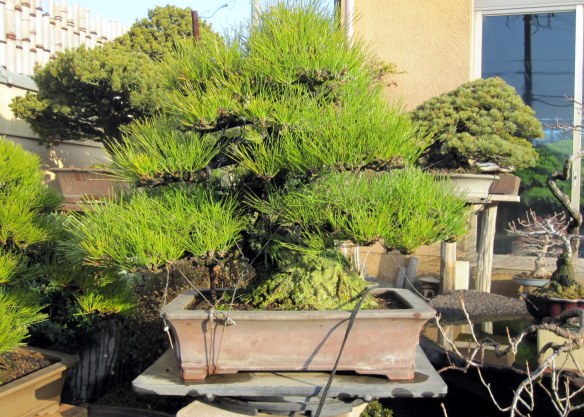
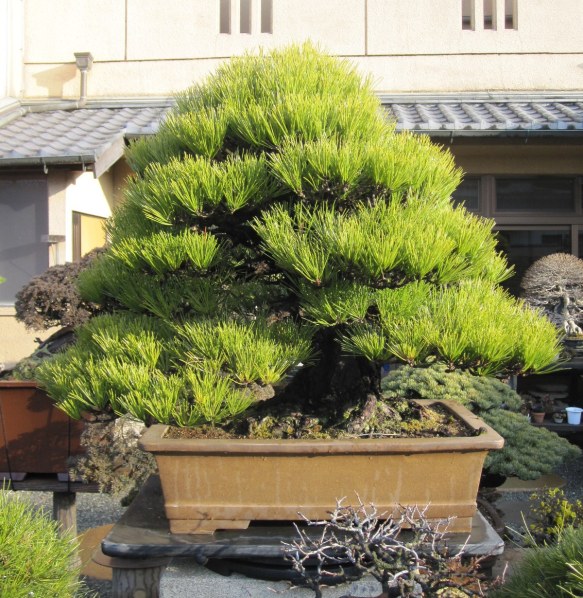

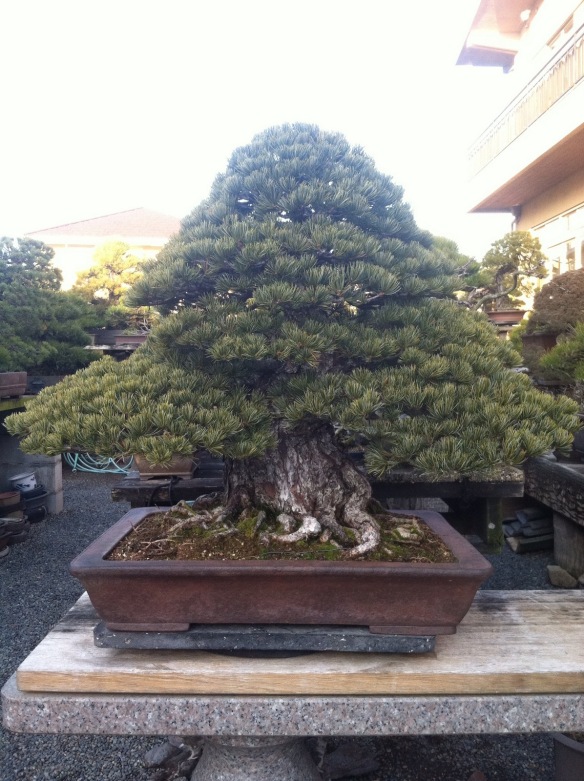
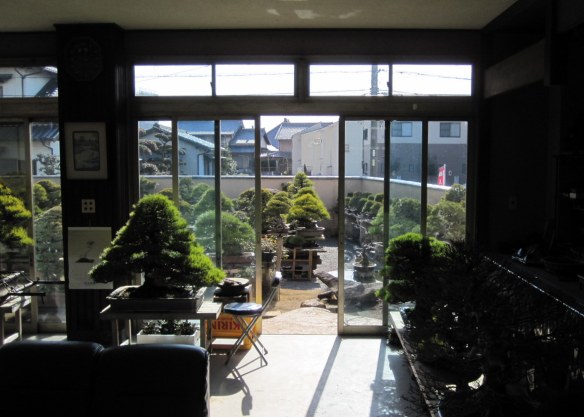 As always thanks for reading, I hoped you enjoyed seeing some of the Daiju-en pines and learning a little bonsai history. More to come from Japan.
As always thanks for reading, I hoped you enjoyed seeing some of the Daiju-en pines and learning a little bonsai history. More to come from Japan.
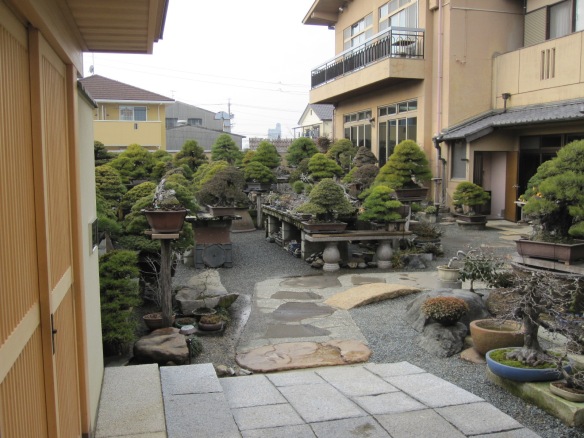

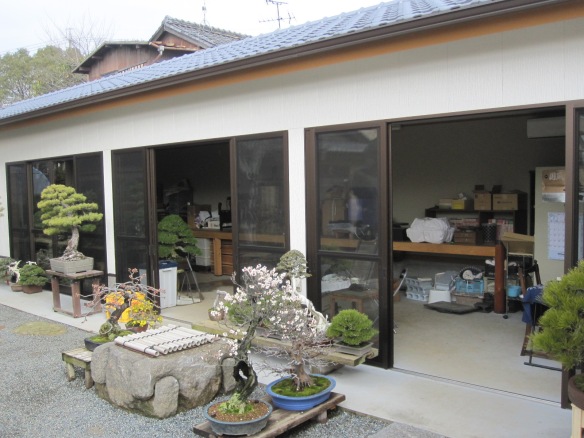





















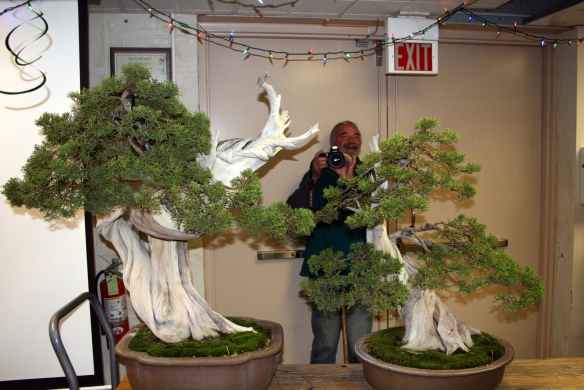
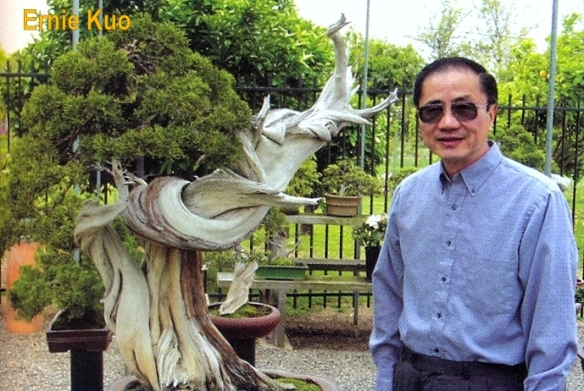


You must be logged in to post a comment.